 An updated repost in honor of Black History Month.
An updated repost in honor of Black History Month.
William Tillman was one of the first black heroes of the American Civil War. He was not a soldier but rather a 27-year-old cook-steward on the schooner S.J. Waring. On July 7, 1861, the schooner was captured by the Confederate privateer Jefferson Davis while about 150 miles from Sandy Hook, New York. Captain Smith, the master of the S.J. Waring was taken aboard the Jefferson Davis, and a five-man prize crew was put aboard the schooner, with orders to sail her to a Southern port where the ship and her cargo would be sold.

 The good news is that a pod of orcas trapped by drift ice in waters off Japan’s northern island of Hokkaido appears to have successfully escaped.
The good news is that a pod of orcas trapped by drift ice in waters off Japan’s northern island of Hokkaido appears to have successfully escaped.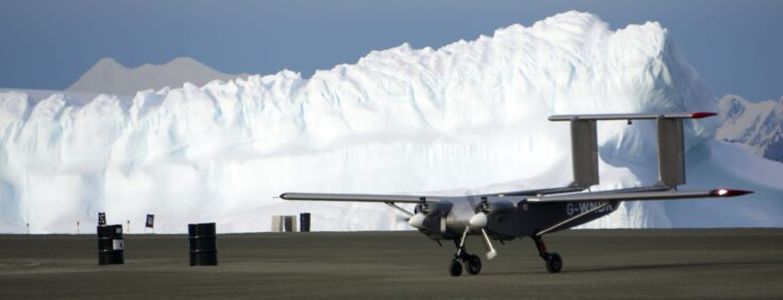
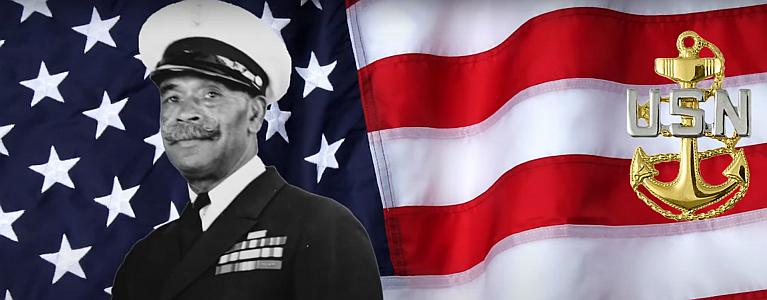
 Born a slave,
Born a slave,  The
The  The current shipping crisis in the Red Sea, precipitated by Houthi drone and missile attacks, has stopped the final disposal of the decrepit
The current shipping crisis in the Red Sea, precipitated by Houthi drone and missile attacks, has stopped the final disposal of the decrepit  Gordon Blackmore was out hunting seabirds early in the morning on
Gordon Blackmore was out hunting seabirds early in the morning on 
 On
On 
 Reports suggest that
Reports suggest that  Last Saturday, January 20, a series of massive storm-driven waves struck the island of Roi-Namur in the Marshall Islands causing considerable flooding and damage to the
Last Saturday, January 20, a series of massive storm-driven waves struck the island of Roi-Namur in the Marshall Islands causing considerable flooding and damage to the 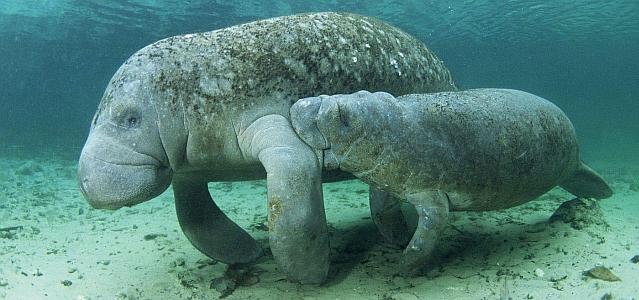 Encouraging news! Following a
Encouraging news! Following a  In 1986, a massive iceberg, more than three times larger than New York City, calved off West Antarctica’s Filchner-Ronne Ice Shelf and immediately grounded on the floor of the Weddell Sea, where it remained stuck for almost four decades.
In 1986, a massive iceberg, more than three times larger than New York City, calved off West Antarctica’s Filchner-Ronne Ice Shelf and immediately grounded on the floor of the Weddell Sea, where it remained stuck for almost four decades. UK Royal Navy minehunter
UK Royal Navy minehunter  A new analysis has concluded that a large, grassy hill in Norway known as the Herlaugshagen burial mound was likely the site of a pre-Viking ship burial. What is fascinating is that the site was excavated three times during the late 18th century and no one found the ship within the mound.
A new analysis has concluded that a large, grassy hill in Norway known as the Herlaugshagen burial mound was likely the site of a pre-Viking ship burial. What is fascinating is that the site was excavated three times during the late 18th century and no one found the ship within the mound. 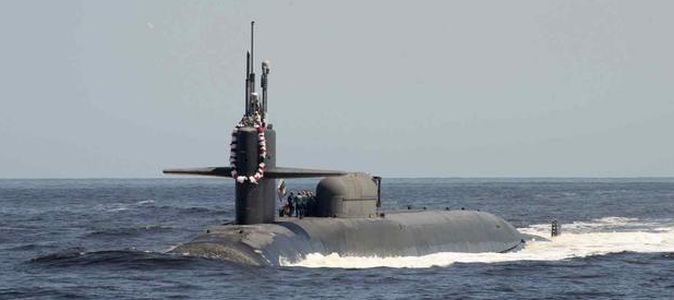
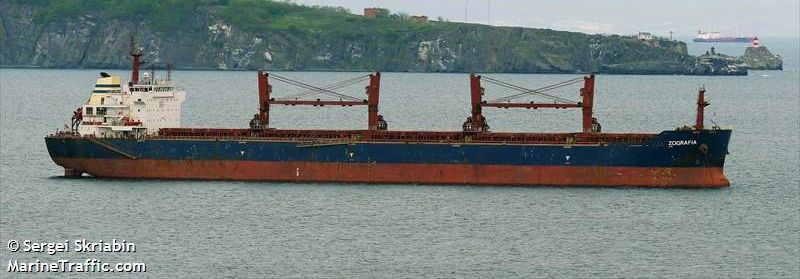 Houthi anti-ship missiles struck two more commercial ships in the Red Sea off Yemen in the last two days. There were no reports of injuries on either ship.
Houthi anti-ship missiles struck two more commercial ships in the Red Sea off Yemen in the last two days. There were no reports of injuries on either ship.